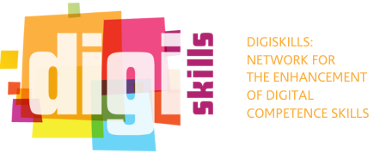Landing on a comet! The Rosetta project.
| Rate | |||
| Criteria Evaluation | |||
transferable adaptability innovative acceptability impact effectiveness availability creativity collaborative
The good teaching practice at a glance
scientific
Any
Secondary Education
Educational scenario based on the latest news of Rosetta’s expedition. How students can learn through the great achievements of European Space Agency (ESA). Rosetta’s travel in space and the landing of Philae on comet 67P give us the opportunity to learn Newton’s Laws and to find as real researchers the acceleration of gravity of the comet. The scenario is finalized using various ICT tools.
2015-07-07 05:15:00 - 2015-07-07 05:15:00
Medium
Detailed description
15 - 20
We try to implement new ideas and good practices in the science’s school curriculum in secondary education using inquiring based learning.
The scenario belongs to Inquiring based learning. Students: working into teams, learn to cooperate. Searching on the web, learn to find the necessary info. Understand Newton’s Laws and corresponding equations of motion. Playing and learning through ICT tools: Interaction Physics, Scratch application, Craters simulator, Trajectory web-tool (all freeware). Approach the same problem from different views. Working as a researcher, testing parameters, exploring different aspects of the problem and find specific value of the acceleration of gravity that is very near to the real value according to references.
- Intoduction to the project using various videos and resources from ESA's site.
- Learning Newton's laws, ICT tool: the Tracker software.
- Searching on the web the desired data for our problem.
- Working on the class: Solving corresponding equations of motion for the free fall of Philae, finding g (acceleration of gravity)
- Working on the lab, ICT tool: Interactive Physics, finding g using another method.
- What is the impact of comet on earth? Working with ICT tool: crater simulator
- What is the orbit of a comet? ICT tool: comet trajectory.
| Country of origin | Greece |
| Language of the practice | English |
| Website related | http://portal.opendiscoveryspace.eu/edu-object/landing-comet-rosetta-project-... |
| Status of the practice | Final |
| Download full practice desciprion |
- ICT enabled learning - Using digital resources for face-to-face classroom practice & for online learning/blended classroom practice
About the author
| Name of contributor | Maria Eleftheriou |
| Affiliation of contributor | Secondary teacher |
| Institution where this practice was implemented | Lyceum of Tzermiadon |
| Contact e-mail | marel@physics.uoc.gr |
- Log in to post comments


